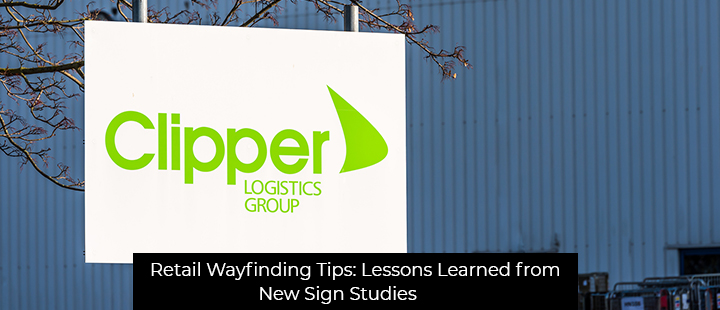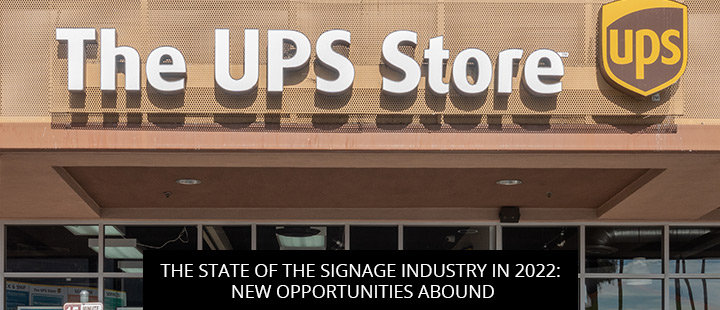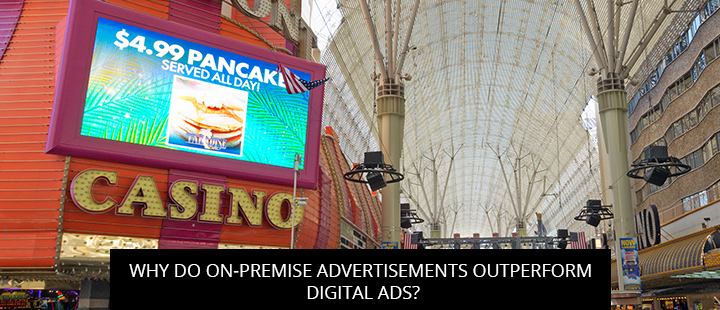The term “wayfinding” was first used in an architectural context in Kevin Lynch’s 1960 book The Image of the City, where it was defined as “the consistent organization of sensory cues in the external environment.”
Since then, our understanding of wayfinding has come a long way. 24 years later, Romedi Passini built off Lynch’s definition in his book Wayfinding in Architecture, where he expanded the term to encompass a combination of sensory elements that included visual graphics, tactile surfaces, and audible communications.
Over the last three-plus decades, wayfinding continued to evolve. In his works Why We Buy and Call of the Mall, Paco Underhill put forth the idea of treating shopping as a cognitive science. In his view, buyer outcomes could be improved by manipulating the physical environment via store layout and sign placement. Today, airports, hospitals, college campuses, offices, and retail stores all rely on the art and science of wayfinding to keep visitors safe, get them exactly where they need to be, and sell more product.
Retail wayfinding in particular has undergone a serious growth spurt over the past few years, rolling together the existing disciplines of visual merchandising, experience design, and branded environments, and adopting a rigorous system of record-keeping, analysis, and best practices to maximize store profits.
Drawing from our Signworld experience and a new study from the Sign Research Foundation, today’s post shares some of our favorite retail wayfinding tips. Whether you’re trying to research the next big investment for your retail store, or want to know more about retail signage to sell at your sign shop, we’ve got what you’re looking for.
Retail Wayfinding Best Practices
- Use wayfinding signs to build branded environments. Eva Maddox of Eva Maddox Branded Environments coined the term “brand environments” to describe practices that integrated brand communications into environmental design. Quite simply, the idea is to design your wayfinding materials in a way that reflects your brand image and continues to tell your story. Apple was an early pioneer in this regard, and no company sells more product per square foot to this day.
- Leverage the power of integrated displays. Wayfinding should never come at the expense of in-store mobility. Store plans should focus on reducing clutter by integrating minimalist signs with digital content and natural accents that can highlight products without filling the floor with fixed signage. Using a mix of graphics on the walls or floor can also make for better wayfinding outcomes without ever impacting your freedom of movement in-store.
- Keep wayfinding consistent offline and online. Based on the theory of “experience design,” which first appeared in the 1999 book The Experience Economy, Walmart recently completed a nationwide renovation of their stores that sought to align the design of interior sales and wayfinding signs with their website format. Walmart owners wanted their website to exist as an online iteration of their physical stores, and vice versa, so that, for example, the “Fresh Produce” section of their website was as easy to find as the “Fresh Produce” section of their store. All online and offline terminology, nomenclature, color, and wayfinding sign styles were made cohesive. This not only made for better branding and smooth wayfinding for anyone familiar with the “Walmart experience,” but also produced a 7% increase in store traffic among higher income customers!
Learn More From The Signworld Sign Business Experts
Visit https://www.signworld.org to book a free consultation with a Signworld business alliance representative.




